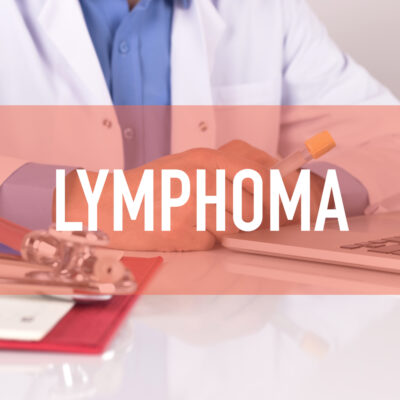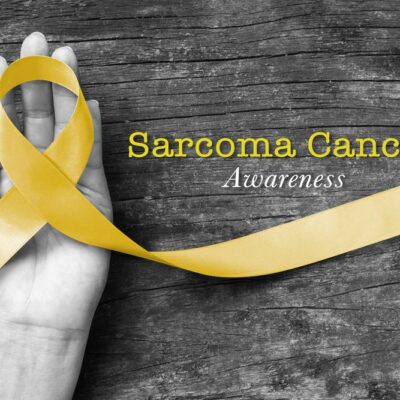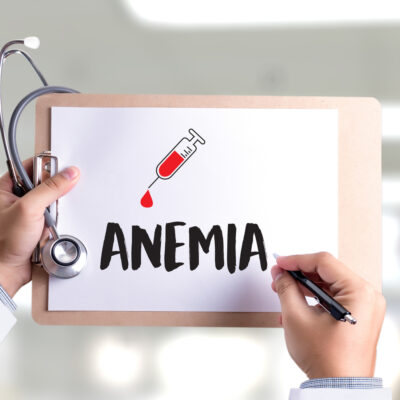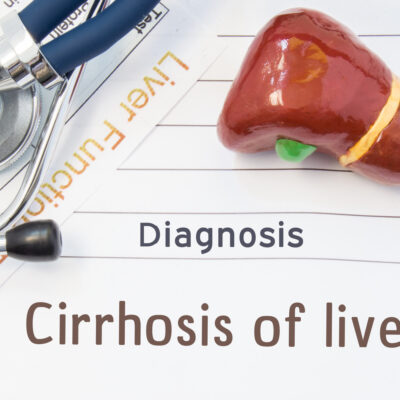
Health
Effects of rosacea that one should be aware of
Skin ailments can leave behind a trail of the psychological problem among patients and if it affects the face, its effects on patients are more pronounced. A majority of people suffering from rosacea also suffer from problems at a very personal and an emotional level. Rosacea affects their self-confidence and crushes their self-esteem to the extent that they become introverts. They end up avoiding or reducing their interaction with others. A majority of rosacea patients do admit that effective medical treatment results in an improvement of their personal and social well-being. It nevertheless invades their daily lives and forces them to retreat into a shell, shying away from socializing. People suffering from rosacea experience higher levels of depression, stress, anxiety, and embarrassment compared to those not affected. The psychological effects of rosacea can start at a very early stage, from the time visible symptoms start appearing. It is reported that many people with conclusive symptoms of rosacea wait for as long as 5 years before formally seeking treatment. A number of patients even take a break from medication, feeling embarrassed to visit clinics and when people in their family, friends and work circles come to know about it. Patients assume that others perceive them as ugly because of their skin condition that includes prominent patches and rashes on the face and visible blood vessels.
Read More 















